
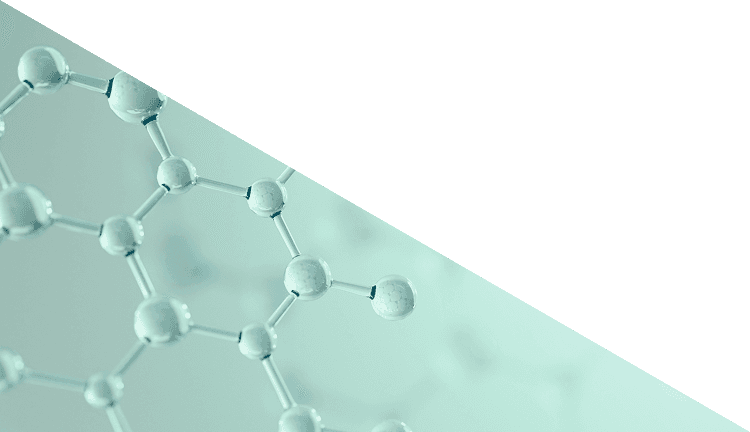
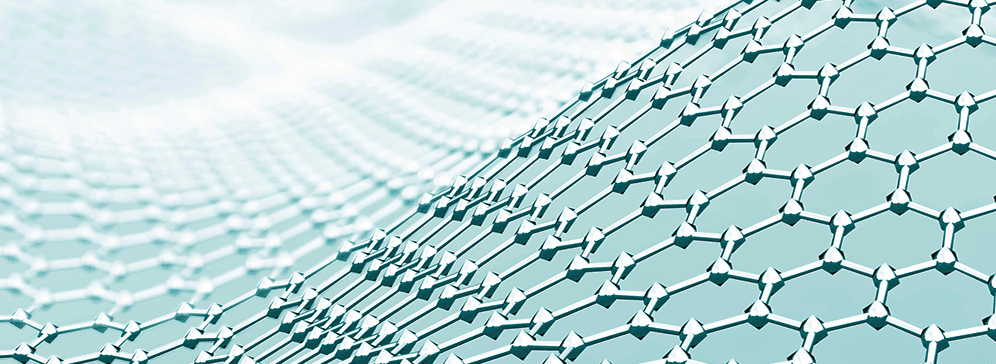
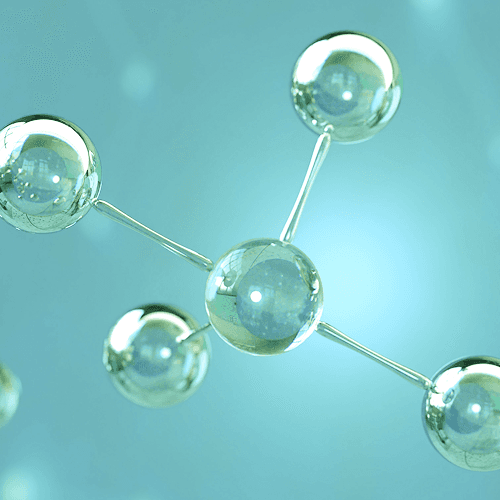

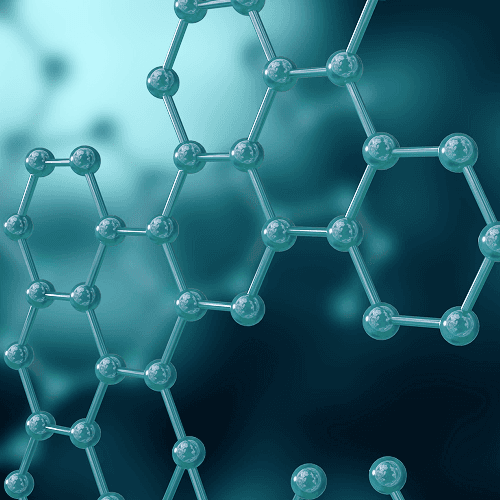

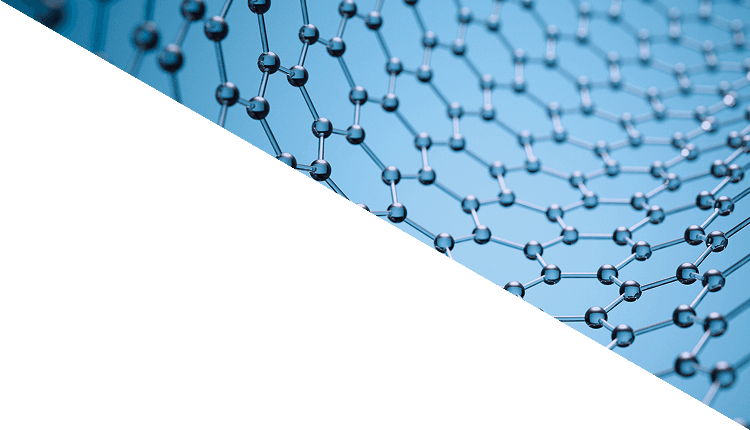





Materials Processing and Science

Institute of Science Tokyo ❘ Hirata & Zhang Research Lab
Pick up
Material Processing
and Science
We approach manufacturing and processing as a science, consistently grounding our work in fundamental physical and chemical principles. We propose novel manufacturing processes with a strong emphasis on these foundational aspects. Our research covers a wide range of fields, including nanoscale precision processing, surface modification technologies, energy-efficient tribology, and the development of next-generation biosensors. Through these efforts, we aim to contribute to the realization of a sustainable future society.
What we research



What we research
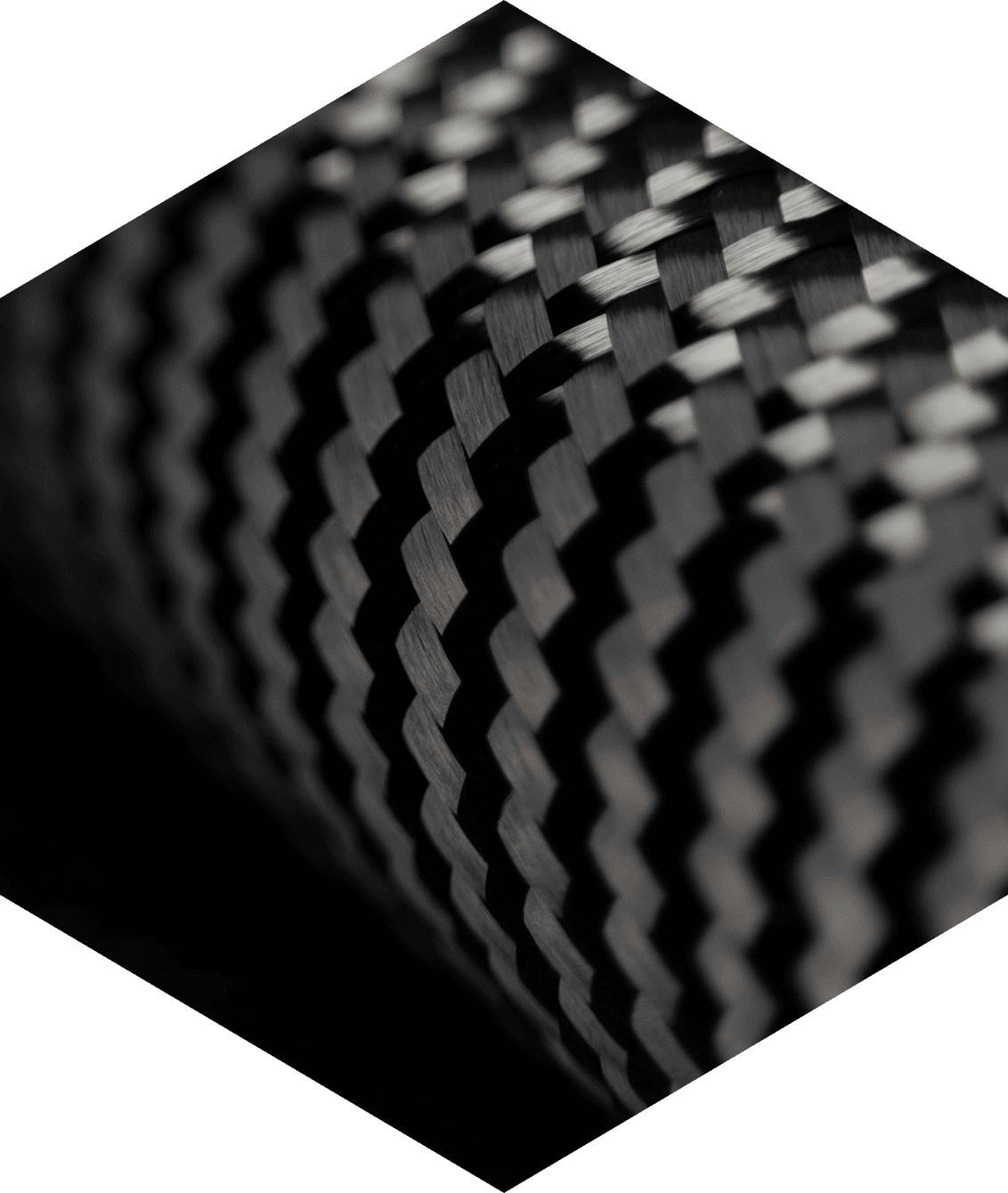
The Elements According to Relative Abundance
Human technological progress has moved from the Age of Iron to the Age of Silicon—and now, into the Age of Carbon.
This new era is defined by advanced carbon-based materials such as diamond, graphene, and diamond-like carbon (DLC).
At our laboratory, we are dedicated to the development and application of these next-generation materials, aiming to address pressing societal challenges. By unlocking the full potential of carbon materials, we strive to lead the way in this new Age of Carbon.
Our research spans from fundamental science to industrial applications, and we continue to push boundaries through bold innovation and interdisciplinary collaboration.



What we research
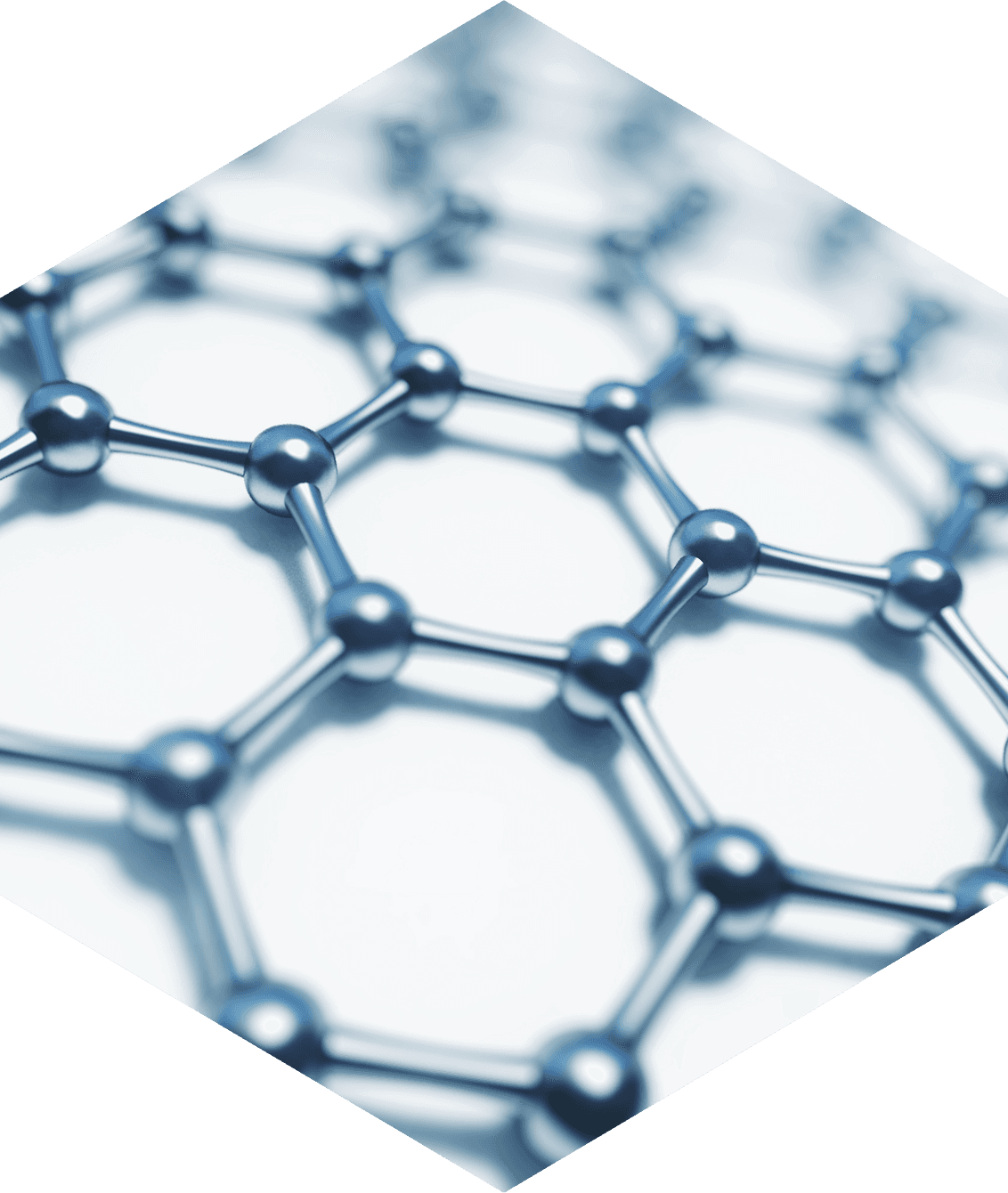
Diamond and Related Materials
Carbon is a remarkable element—its properties can vary dramatically depending on how its atoms are arranged.
When carbon atoms are organized in a highly ordered, regular pattern, they form diamond: a transparent and incredibly strong material. In diamonds, carbon atoms are bonded in a precise three-dimensional tetrahedral lattice, resulting in exceptional hardness and superior thermal conductivity.
On the other hand, when carbon atoms are arranged in a disordered, irregular fashion, they create a thin-film material known as diamond-like carbon (DLC). While DLC shares certain properties with diamond, it is characterized by an amorphous structure.
This seemingly random atomic arrangement is what gives DLC its unique combination of hardness, wear resistance, and low friction.



What we research
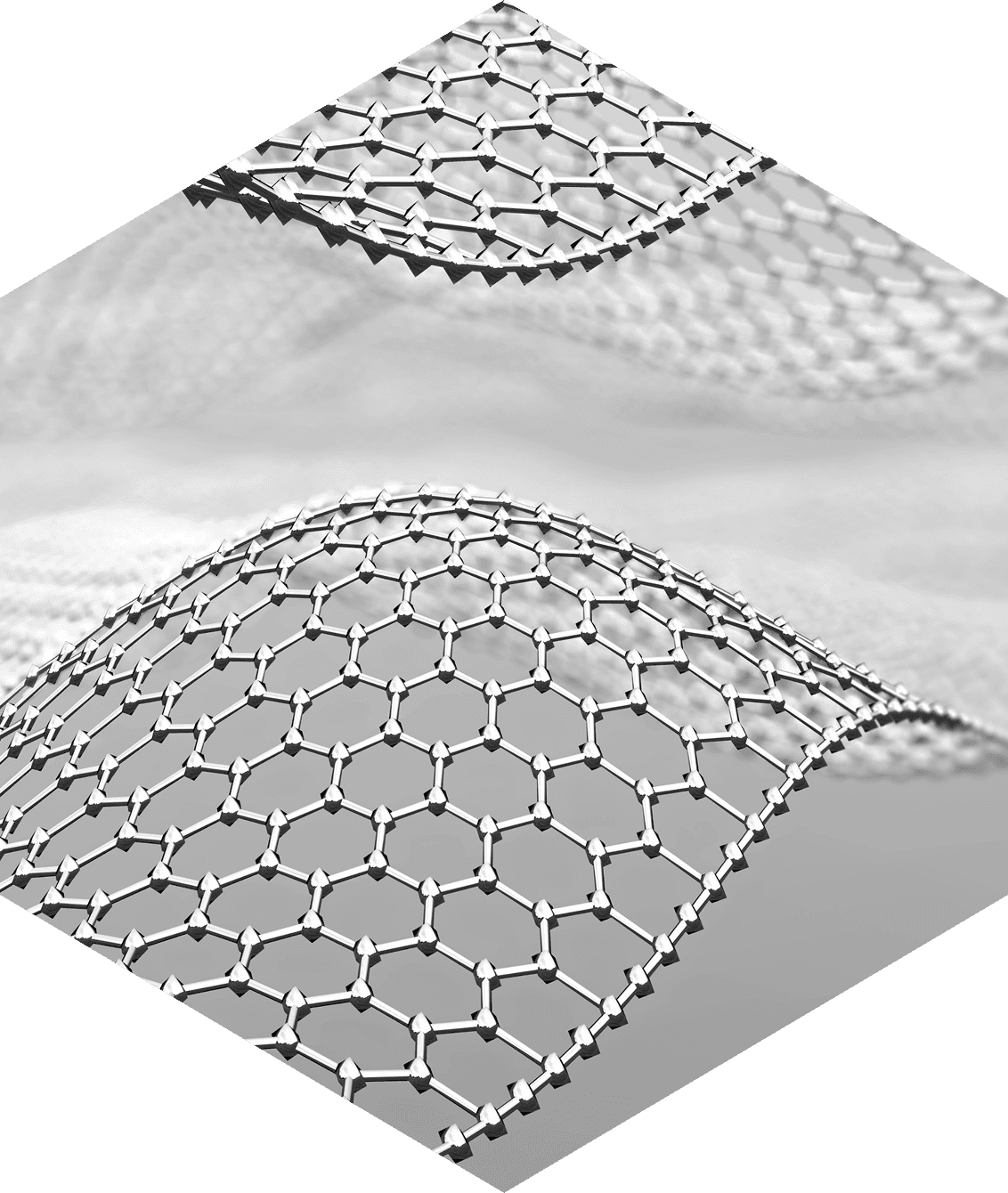
Low dimensional Materials
Two-dimensional atomic-layered materials—realized by arranging atoms in a planar configuration—have emerged as a groundbreaking focus in materials science.
A prominent example is graphene, a two-dimensional material composed of carbon atoms. Since its discovery in 2004, graphene has been extensively studied for its exceptional electrical conductivity and mechanical strength, culminating in the 2010 Nobel Prize in Physics.
Today, beyond graphene, a wide range of 2D materials based on elements such as boron, nitrogen, and transition metal dichalcogenides (TMDs) are attracting growing attention. These materials hold great promise for applications in electronics, energy devices, and sensing technologies.
Our research aims to unlock the potential of such advanced materials and pioneer innovative technologies that contribute to a more sustainable society.



What we research
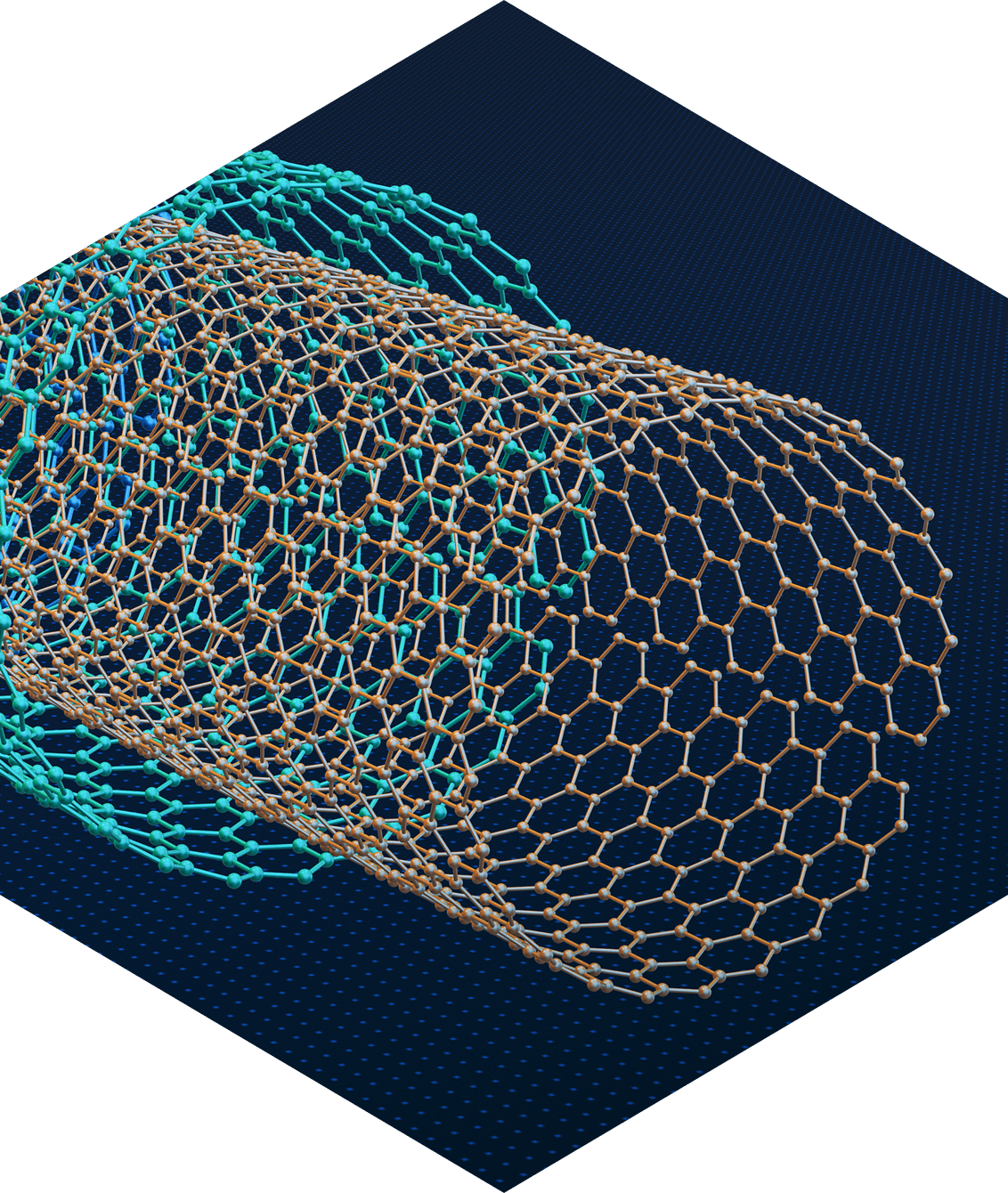
Van der Waals Hetero-structures
Two-dimensional materials not only exhibit unique properties arising from their atomically thin structure, but also serve as essential building blocks for a wide variety of low-dimensional materials.
As a foundational platform in low-dimensional materials science, 2D materials are expected to drive technological innovations that will shape the future of nanotechnology.
Our research focuses on designing and applying low-dimensional structures based on 2D materials, with the aim of uncovering novel physical phenomena and realizing next-generation, high-performance devices.

Our Mission
Materials Science ×
Nano Surface Modification Technology
Creating the Future We Aspire To.
-
01
Low environmental load
and energy saving -
02
Safety and security
-
03
Comfort and health
-
04
Innovative control
technology -
05
Nano technology
-
06
New material


